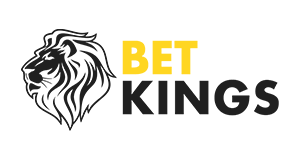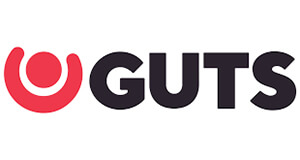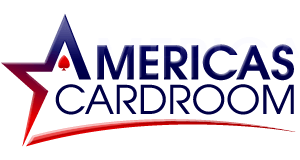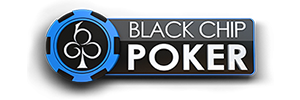In our latest poker strategy article, poker coach John “WhatA298” Bradley explains how to maximally exploit the fish in live poker games.
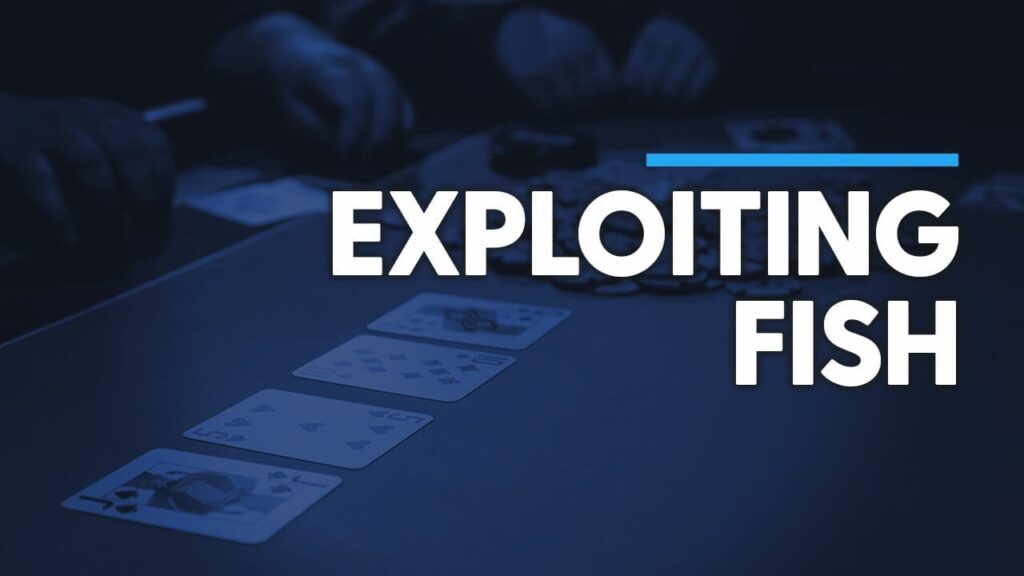
Playing live poker is slow, and so to make the most of your time, you need to maximally exploit your opponents.
Open raise and limp more hands
In live games, you see far less 3betting than online. Online, the average 3bet % will be around 8%, live you are likely to see people 3betting around 4%. Fish will usually not 3bet often, and rarely without a premium holding.
Due to the lack of 3bets, and the poor postflop play, you can enter more unopened pots. Either by raising, or limping in (which will not be isolated very light either).
As an example, the chart below shows a GTO opening range from UTG 100bb deep:
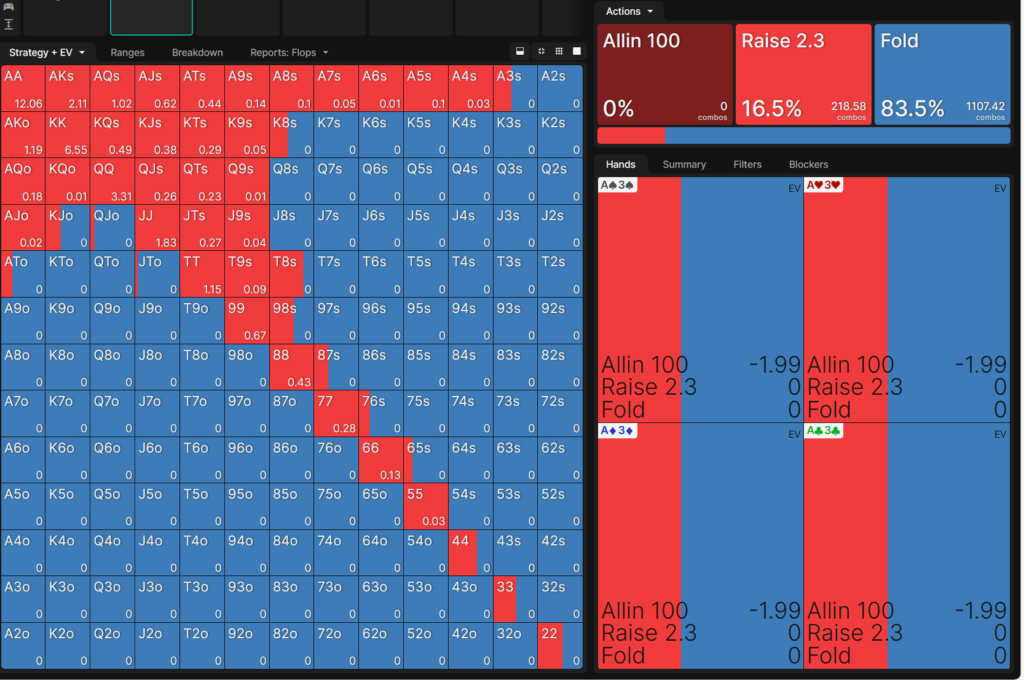
In live poker games, I would play closer to this range:
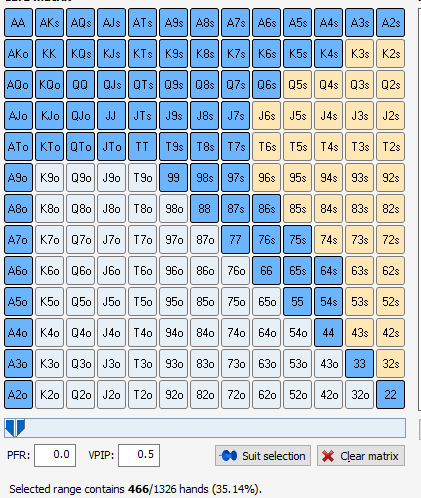
You could potentially limp some of the weaker hands here, such as K4s, Q6s, 64s, JTo etc.
You could even add in some more limps with K9o, K8o, K3s etc, particularly if the table is very fishy.
As you can see, the range has increased from 16.5% of hands to 35% of hands.
This means you can get into more pots with the weaker players and leverage your skill edge further.
You can similarly increase your ranges, compared to GTO, in all positions.
On the Button and Small Blind, the situation is so good, that you can play 100% of hands, when the pot is unopened.
When to stab flops in live poker?
A tendency of weak, live fish, is that they will play very ‘fit or fold’ on the flop.
Therefore, you should regularly make small bets on the flop, as a bluff and for thin value/protection.
You should, however, refrain from doing this when the pot is 4way or more. In this case, the likelihood of a player having a good hand is just too high.
As an example, here is the GTO approach for cbetting or not, Button vs Big Blind in a single raised pot, across all board textures:

GTO suggests checking 29%, and then usually betting a small size the remainder of the time.
In live games, you can simply bet 100% of the time. Using a small bet with your bluffs and marginal made hands. Then using a bigger size with your value hands.
This is the GTO response to a 2bb cbet, from Big Blind, in the above situation:
Big Blind is ‘supposed to’ only fold 36% of the time and check-raise 14%.
In live games, your opponents are likely to overfold (potentially folding around 50%), and they will also underraise (likely around 8%), which allows you to realize more equity on the turn and river.
The same phenomenon is true in spots where you are out of position, like here, where Small Blind has raised preflop and been called by Big Blind:
GTO suggests to cbet 55%, but this assumes that Big Blind will fold only 22% of the time versus a 33% cbet, and only 12% versus a cbet of 2bb into 9bb:

On a 942 rainbow board, for example, Big Blind is required to play this range versus a small bet:
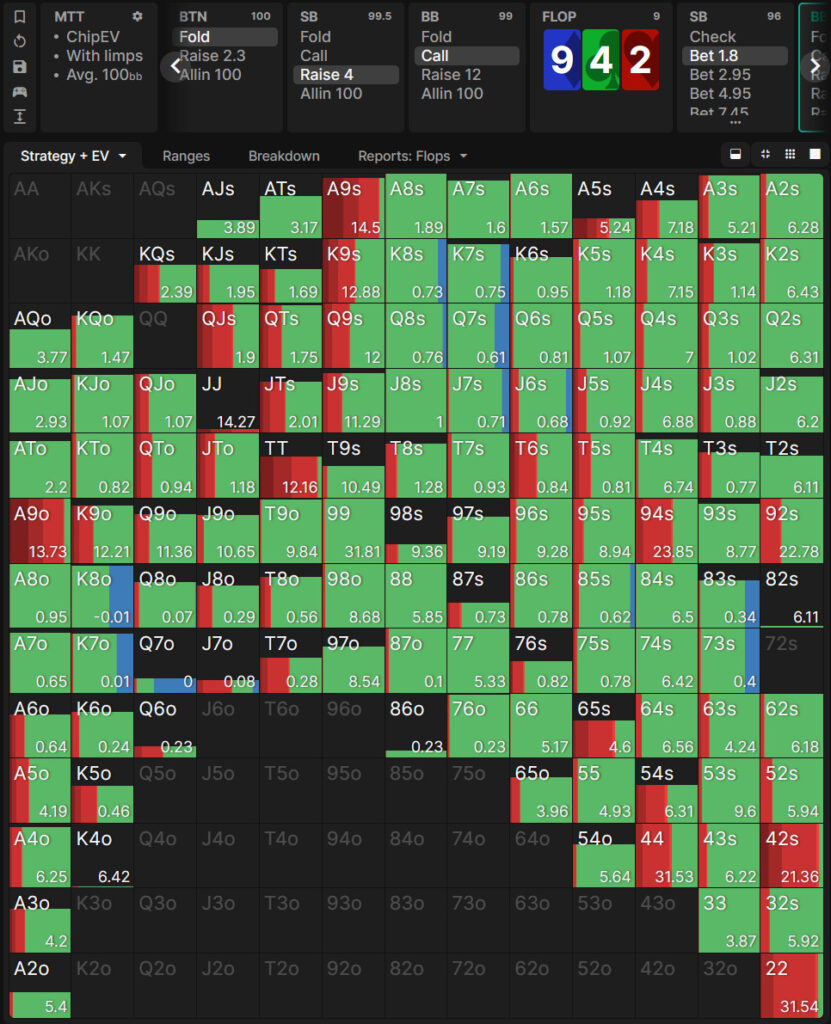
Blue is fold, green is call and red is raise. You can see that almost no hands are folding.
Villain is supposed to continue with J8o, T3 of spades etc. In live games, you will find the Big Blind folding hands as good as QT here.
All in all, this means that you can be very liberal with your flop continuation bets.
Stabbing as the Cold Caller
Similar to continuation betting wider than GTO, you can also stab as the cold caller wider than GTO.
If you are in position, and it is checked to you, you can employ the same technique of betting small with all your bluffs and marginal hands.
You can also bet bigger with your strong hands.
Again, this is all assuming that the pot is not 4way or greater.
When out of position as the cold caller, the situation is a little more complicated, but you can definitely bet out more often than GTO suggests, particularly as a bluff.
In a solver, this is the Big Blind’s suggested approach on a 764ss board:
It leads nearly a quarter of the time, and has a little piece of nearly every hand class in the range.
In live poker, your opponents will overfold versus the lead, and underraise as well.
Therefore, you should bet out with lots of hands which are otherwise going to check-fold, such as Q2 spades.
You can then check-raise with your best hands, such as 76s.
Your middling pairs are the most complicated to play. Hands which have a lot of future potential (63 diamonds for example), are good as a check-call.
Hands which are often good now but need a lot of protection (hands such as A6), are good as a small bet.
Robust hands, which can call two streets, but are not good enough to check-raise (such as Q7), are best played as a check-call.
Live Poker Conclusion
Fish in live poker games, are often very predictable, showing very little aggression preflop and playing very fit or fold on the flop.
Your goal, therefore, should be to enter many pots with them, and steal as many small pots as possible.
Additionally, once you hit a hand, they are liable to pay you off too often on later streets.
Get into the pots consistently, have confidence, and leverage your edge versus these extremely exploitable poker players.
- Get the best rakeback deals
- See the best poker promotions
- View the latest poker news
- Get the best No Deposit Poker Bonuses
- Benefit from the biggest poker bonus
- Watch more poker videos
- Calculate your rakeback with the rakeback calculator
- Watch the best Twitch Poker streamers
Good luck on your poker journey and if you have any questions, please do not hesitate to ask them in the poker coaching section of the VIP-Grinders Discord Channel.
Terms and conditions apply. New customer offer and 18+ only. Please gamble responsibly! Should you require help regarding your betting pattern, visit www.begambleaware.org










